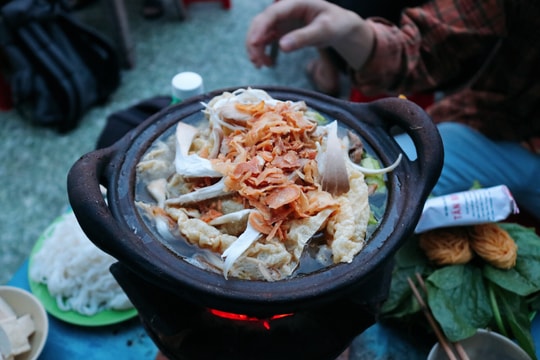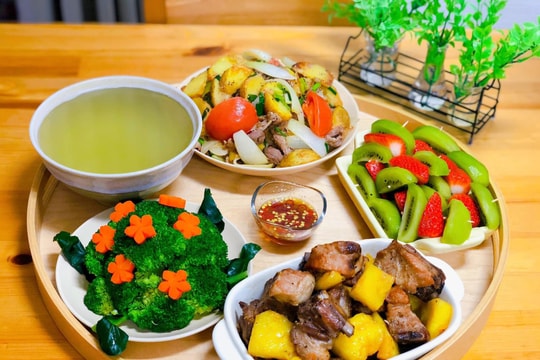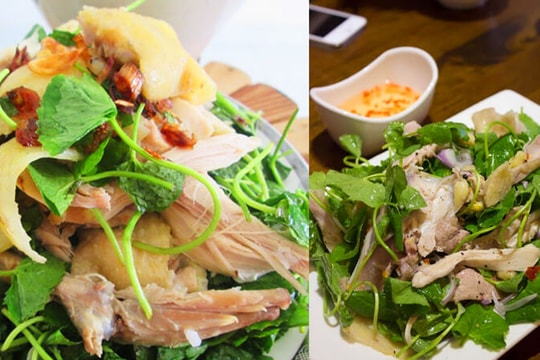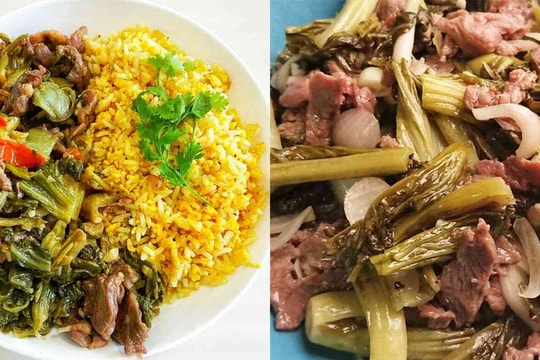4 mistakes when cooking rice that many people make
Choosing rice that is too fragrant or too white, washing rice too thoroughly or cooking rice with cold water are mistakes you often accidentally make when cooking rice.
Cooking rice seems like the easiest thing but requires minimal requirements to not affect the health of the whole family. To cook a delicious pot of rice, full of nutrients, you need to pay attention to avoid the following mistakes that almost every housewife has made:
1. Choose rice that is too fragrant or too white
Many families like to eat fragrant rice, however, most of these types of rice want to have a special scent, lasting for a long time, so they use flavorings to create and retain the scent. These chemicals more or less affect health than natural rice.
In addition, housewives also like rice with a beautiful white color. In fact, most of these types are milled too much, losing the outer bran layer - which contains the best nutritional components of rice. The part of rice that can be eaten is only the starchy core of the rice, so eating too much will cause the risk of diabetes, high blood pressure...
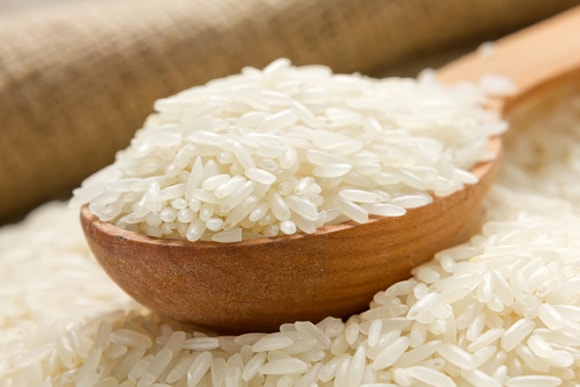 |
Therefore, when buying rice, you should choose the types with natural color and scent, especially avoid the types with strange scent or too white color. Before buying, you should put a handful of rice in your hand to smell to distinguish whether the rice has used chemicals to create the scent or not.
2. Washing rice too thoroughly
Washing rice is as important as choosing the rice. Usually, housewives think that the more thoroughly they wash the rice, the more they can avoid dirt and bacteria. However, this will cause the loss of nutrients in the rice grains.
In fact, nutritionists advise you to just wash the rice gently, put water in the pot with the rice, stir well with your hands so that the dirt and chaff float to the surface, gently sift with your hands to remove the sand, and finally pour the water away. Avoid rubbing the rice together, which will lose many nutrients in the rice grains.
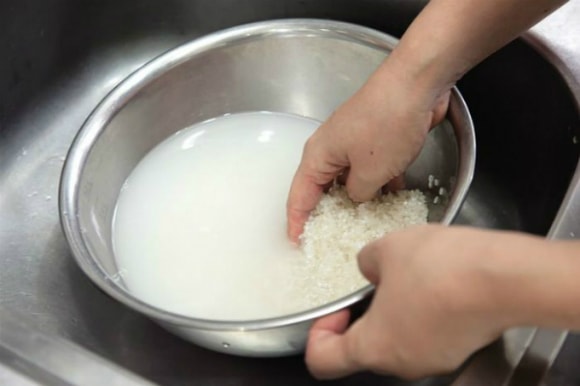 |
Normally, you should only rinse the water about 2 times and only stir it thoroughly the first time. This first part of the water can be used to fertilize plants or wash your face because it contains many nutrients.
3. Cook rice with cold water
Cooking rice with cold water is very popular in many families. However, experts say that cooking rice with hot water is better than cooking rice with cold water. This applies to both electric rice cookers and cast iron pots used on gas stoves or wood stoves. Because boiling water not only helps the rice grains cook faster, shortening the cooking time, but also makes the rice grains cook evenly and stickier thanks to less loss of nutrients.
Cooking rice in cold water will cause the rice grains to swell and the nutrients will also dissolve in the water. If cooking rice in hot water, the outer layer of the rice grains will shrink quickly and form a protective layer to prevent the rice grains from cracking, thereby retaining the nutrients.
Cooking rice with boiling water, covering the pot to keep the heat in, and avoiding contact with air will help retain 30% more vitamin B1 than cooking with cold water.
4. Open the lid immediately when the pot starts heating.
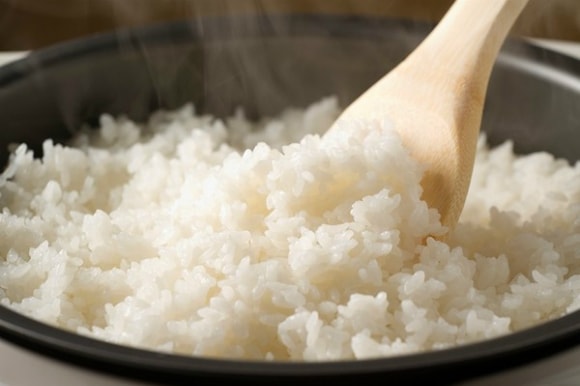 |
Cooking with a rice cooker will automatically switch from cooking mode to warming mode. You should not open the lid right away, but should leave it on warming mode for about 5-10 minutes, then open the lid and stir the rice to eat. If you open it right after the rice is cooked, the top part of the rice is still a bit mushy, you should leave it a little longer so that the rice grains will shrink, making it more fragrant and delicious. When the rice cooker signals that it is done cooking, switch to keep warm, you can also open the lid, stir well with chopsticks and cover it to keep warm until you eat.
According to ngoisao.net

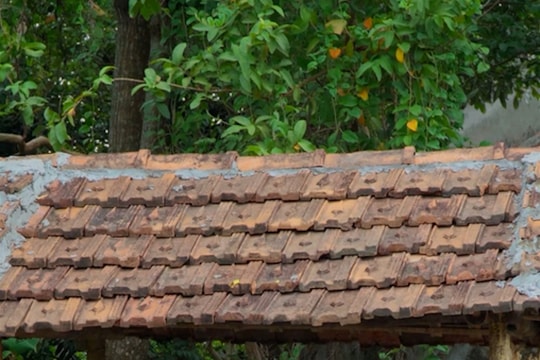
.jpg)
